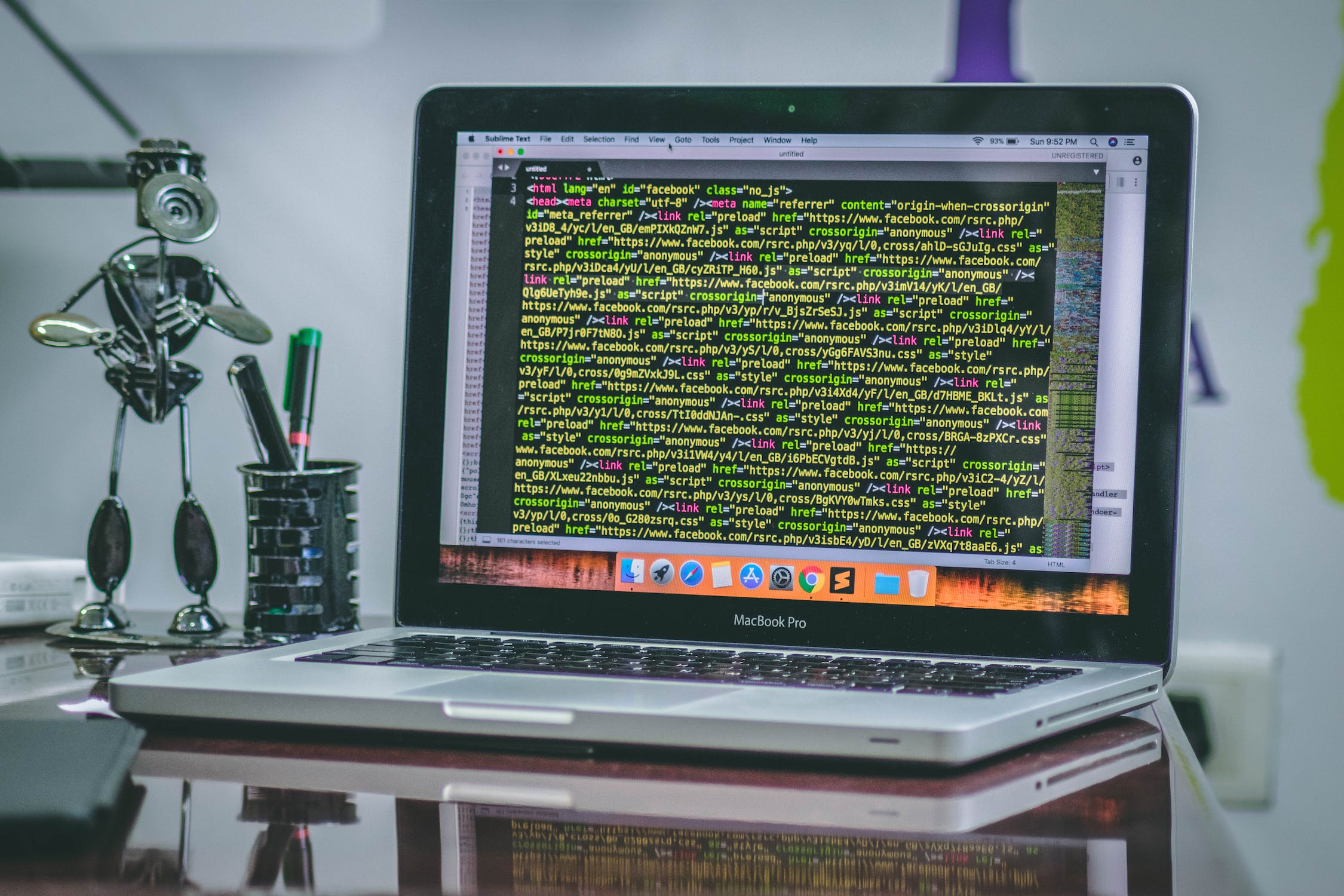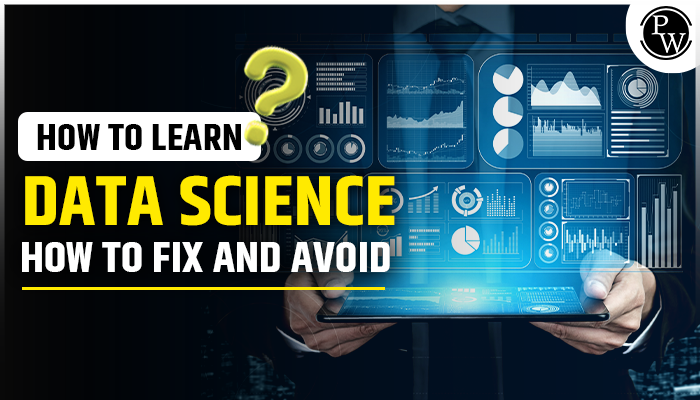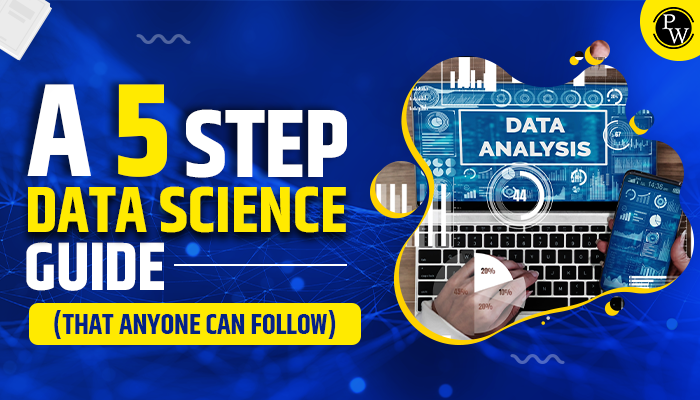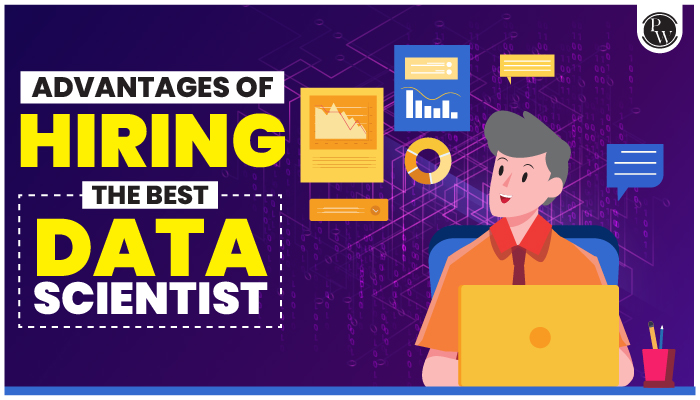Python For Data Science is like a tool we use to gather information from different sources, analyze it, and then use that analysis to make smart business decisions. To be a good data scientist, you must learn programming languages like Java, C++, R, and Python. Out of these, Python is the favorite choice for most data scientists worldwide.
In this article, we’ll dive into Python and how it’s used in the exciting field of data science. We’ll also learn about various techniques used in data science, all with the help of the Python programming language.
Recommended Course
- Decode DSA with C++
- Full Stack Data Science Pro Course
- Java For Cloud Course
- Full Stack Web Development Course
- Data Analytics Course
In recent years, Python has become incredibly popular in programming. According to recent surveys like the TIOBE Index and PYPL Index, Python is leading the pack as the most favored programming language. There are five solid reasons behind this trend:
Easy to Learn:
Python is open-source and boasts a simple, user-friendly syntax that’s easy to pick up and understand. This makes it an excellent choice for beginners in data science.
Cross-Platform:
Python eliminates the need to worry about different data types, allowing developers to run their code on various operating systems like Windows, Mac OS X, UNIX, and Linux.
Portability:
Python’s beginner-friendly nature makes it highly portable. Developers can run their code on different machines without making major changes.
Extensive Library:
Python has powerful libraries that simplify data analysis and visualization. Libraries like Pandas help with data manipulation and analysis, NumPy handles numerical computation, and Matplotlib helps in data visualization.
Community Support:
Python benefits from a large and active community. This community actively contributes to developing various data science libraries and tools. Some of these, like Pandas, NumPy, Matplotlib, and SciPy, are widely used in the field.
These are just a few reasons why Python is a top choice for data science. Other advantages include its object-oriented programming support, expressive language, and dynamically allocating memory. These factors make Python the go-to programming language for data science applications.
Advantages of learning Python for Data Science
In the ever-evolving landscape of technology and data-driven decision-making, learning Python has emerged as a game-changer, especially for aspiring data scientists.
Python is a versatile programming language that offers numerous advantages for those looking to dive into the exciting world of data science. Let’s explore some of the key benefits of learning Python for data science:
Simplicity and Readability:
Python is renowned for its straightforward and easy-to-read syntax. Its code resembles plain English, making it an excellent choice for beginners. Data science can be complex, but Python’s simplicity helps newcomers grasp essential concepts more easily.
Abundant Libraries and Frameworks:
Python boasts a rich ecosystem of libraries and frameworks tailored for data science. Some of the most notable ones include NumPy for numerical computing, Pandas for data manipulation, Matplotlib and Seaborn for data visualization and Scikit-Learn for machine learning tasks. These tools significantly expedite data analysis and model building.
Cross-Platform Compatibility:
Python is platform-agnostic, meaning you can write your code on one operating system and run it seamlessly on another. This cross-platform compatibility removes many deployment headaches, ensuring your data science projects can run on various systems without major modifications.
Strong Community Support:
Python enjoys a vast and vibrant community of developers and data scientists. This means you have access to a wealth of resources, forums, and online communities where you can seek help, share knowledge, and collaborate on projects. This support network is invaluable, particularly when tackling complex data science challenges.
Open-Source Nature:
Python is an open-source language, which means it’s freely available for anyone to use and modify. This fosters innovation and allows developers to create custom solutions tailored to their specific data science needs.
Versatility Beyond Data Science:
Python’s utility extends far beyond data science. It’s widely used in web development, automation, scripting, and more. Learning Python equips you with a versatile skill set that can be applied in various professional domains.
Growing Demand in the Job Market:
As the importance of data-driven insights continues to rise, so does the demand for skilled data scientists. Python’s prominence in data science positions you favorably in the job market, opening up a world of career opportunities.
Rapid Prototyping and Experimentation:
Python’s dynamic nature allows for rapid prototyping and experimentation. Data scientists can quickly test hypotheses and iterate through various approaches, accelerating the development of effective solutions.
Learning Python for data science is a smart investment in your future. Its simplicity, robust libraries, cross-platform capabilities, and strong community support make it an ideal choice for anyone looking to excel in data science.
Moreover, the versatility of Python ensures that the skills you acquire can be applied across a wide range of industries, enhancing your career prospects. Embrace Python and unlock the doors to a world of data-driven possibilities.
Feel free to use this article as a starting point for your content on the advantages of learning Python for data science.
Recommended Reads
- Examples of algorithms used in real-life
- Best website to learn code
- Artificial Intelligence is Changing the World
- How to Become a Full-Stack Developer
Python for Data Science FAQs
What are the uses of Python in data science?
Ans. Data scientists prefer Python for Data Analysis, visualizations, Machine Learning, Deep Learning, NLP Image Processing, Computer Vision, and Natural Language Processing.
In data science, what part of Python is required?
Ans. To learn Python for data science, it is important to understand the basic parts of Python, like data types such as integers, string and floating point numbers, loops, and conditional statements. These data types can execute the block of code over a loop.
Is it possible to learn Python and become a data scientist?
Ans. Due to their adaptability and availability, Python and R are trendy choices for data scientists. SQL is one of the most fundamental programming languages when working with data, and you can also work with databases. When you learn Python and R, it's a fairly straightforward language.
It's hard to learn Python, isn't it?
Ans. For many people, Python's not too hard to pick up. It is considered that Python is one of the most easy to read programming languages. While people can learn Python programming without writing a line of Python code in their lives, you should expect it to take time, and there will be some moments of frustration.
SQL or Python for data science?
Ans. A candidate must check out the job profile for which he/she is applying. If you have multiple tasks, choose Python. If you're a data engineer or analyst, Mastering SQL is vital for ETL and data modeling. With the right skills, excel in data science.






